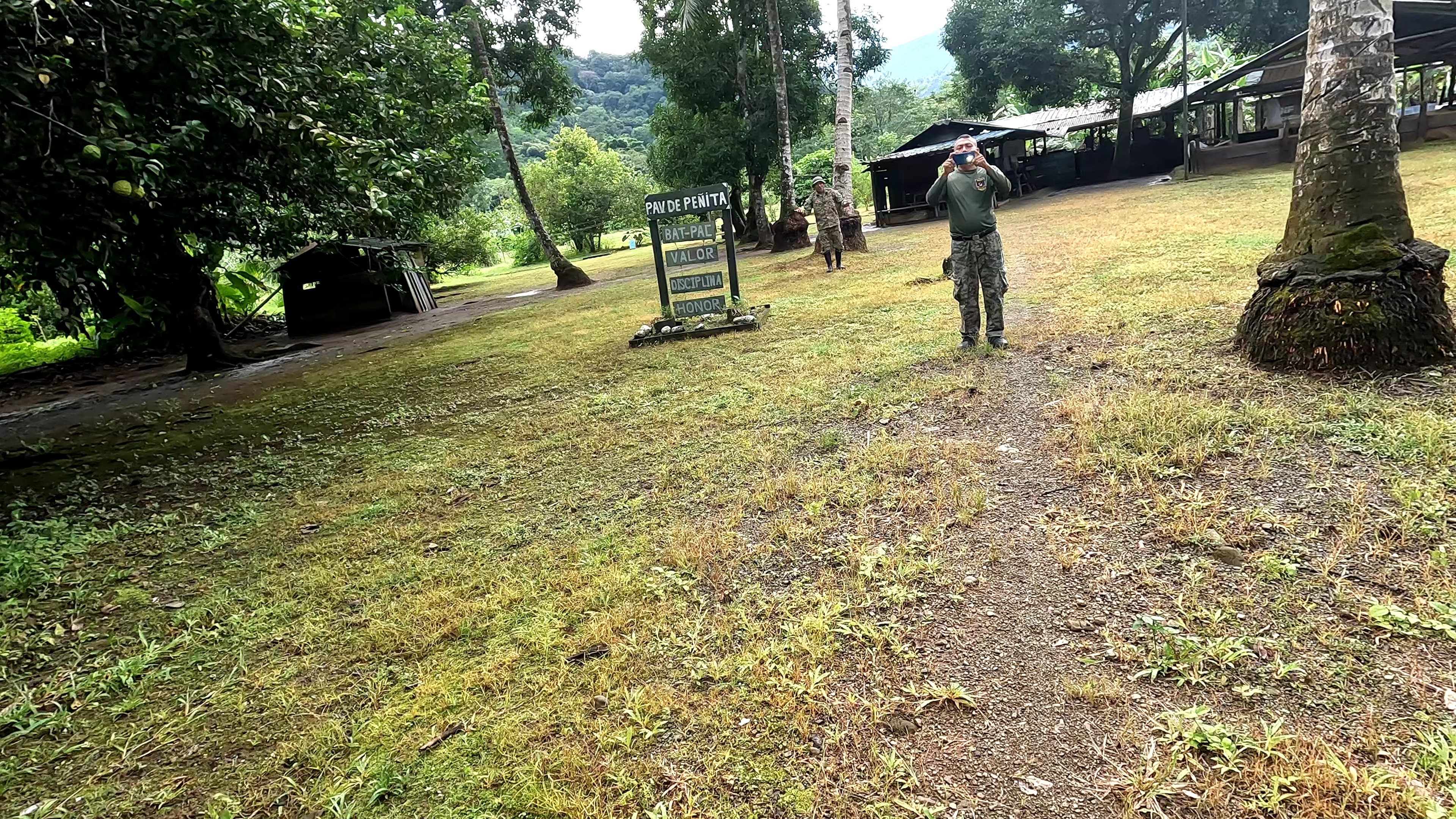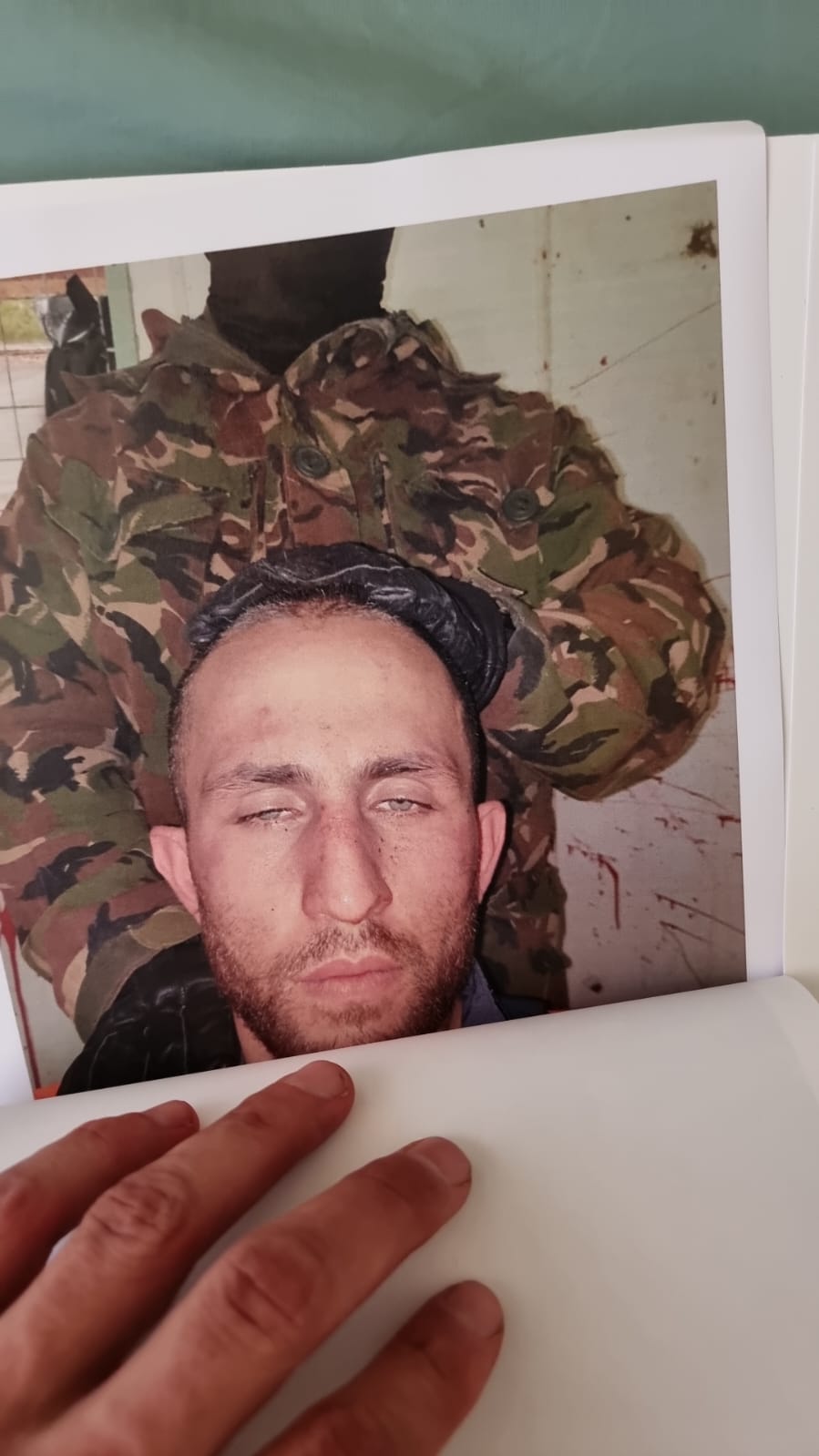Final instalment of the Darien gap crossing.
15th December 2022 14:00
I came out unscathed from the deadfall, although I witnessed it happening only 10 metres away from me, so it was difficult to get any peaceful rest. Also, I took the time to assess the damage and found that skin was torn from my shoulders and hips, and my toenails were ripped out—the exposed nerve endings kept surging me with pain—especially when I was back on the move.
Whilst following the river, I started to feel lost, and no sight of any communities or people as my guide promised — I was not meant to take on this part of the journey alone.
I began to have muscle spasms in my legs to the point it became debilitating, where I had to just take a seat and sit with my anxious thoughts. My chest was also in pain and I believed I might have picked up some disease from the insects.
Whilst following the river, I started to feel lost, and no sight of any communities or people as my guide promised — I was not meant to take on this part of the journey alone.
I began to have muscle spasms in my legs to the point it became debilitating, where I had to just take a seat and sit with my anxious thoughts. My chest was also in pain and I believed I might have picked up some disease from the insects.


